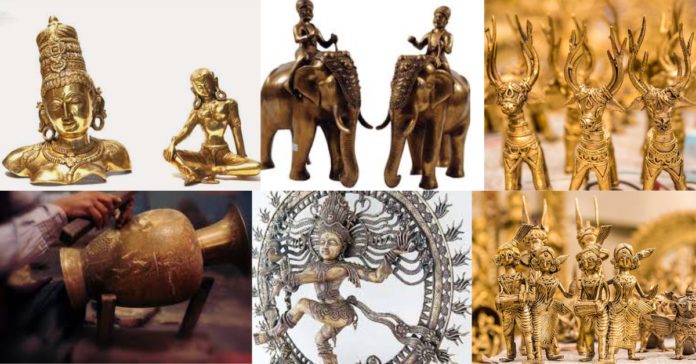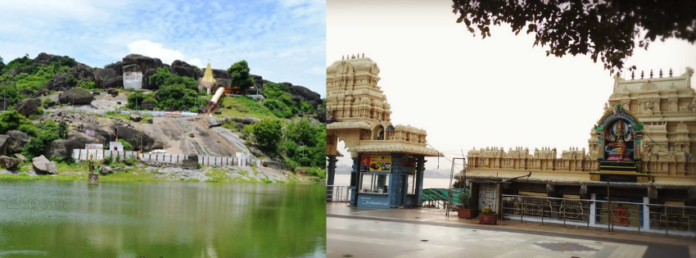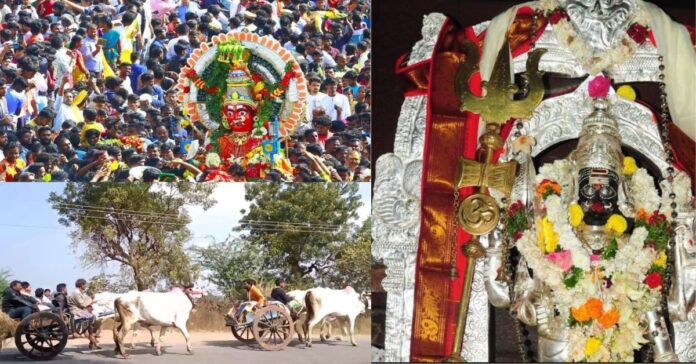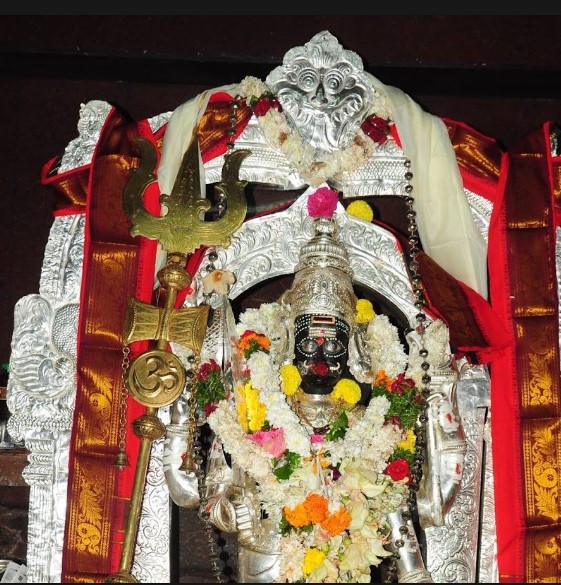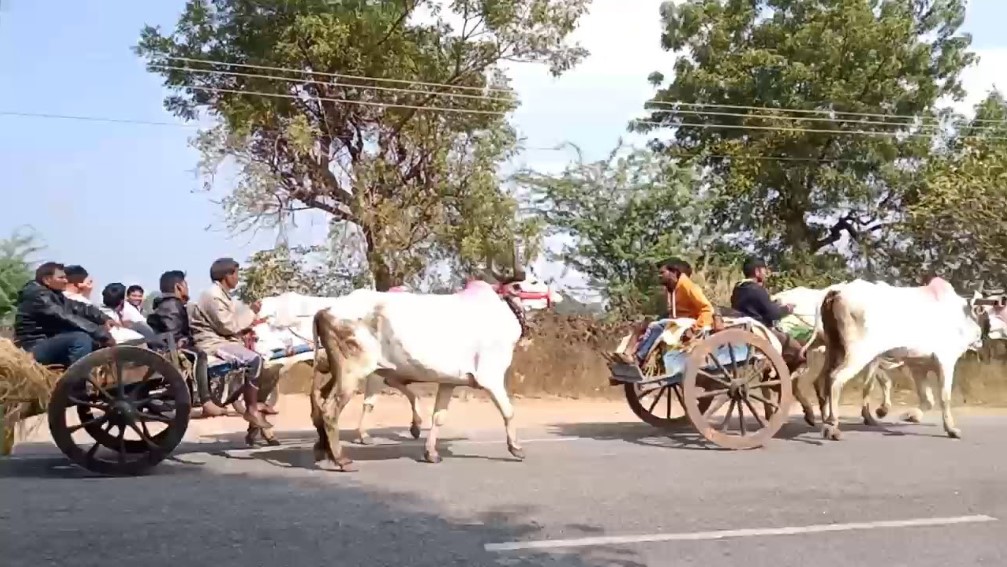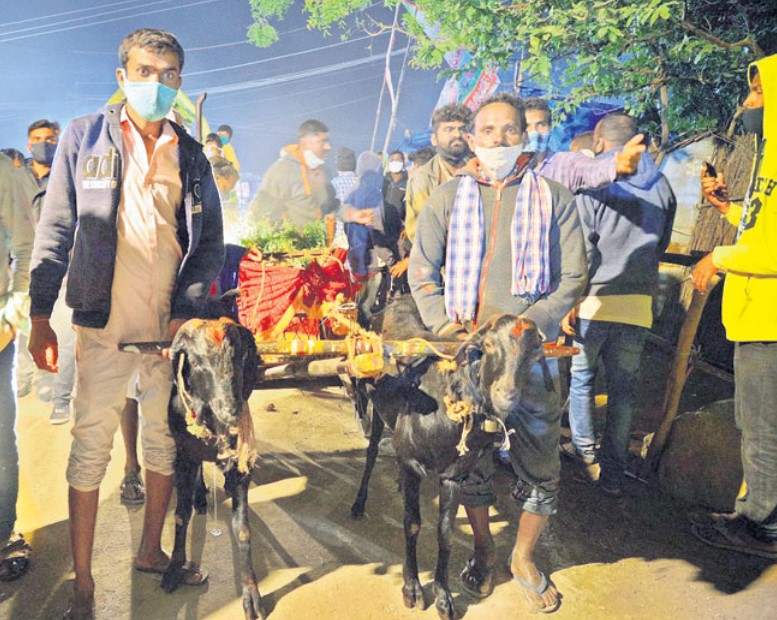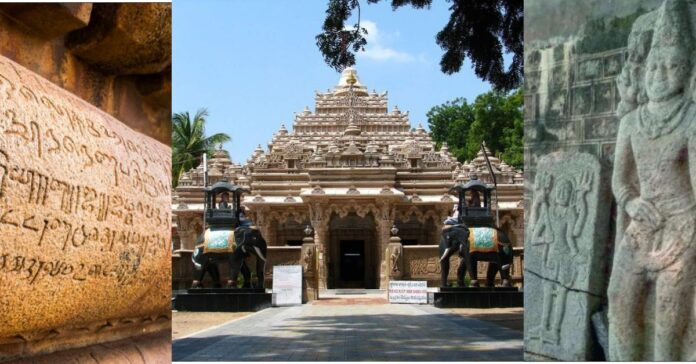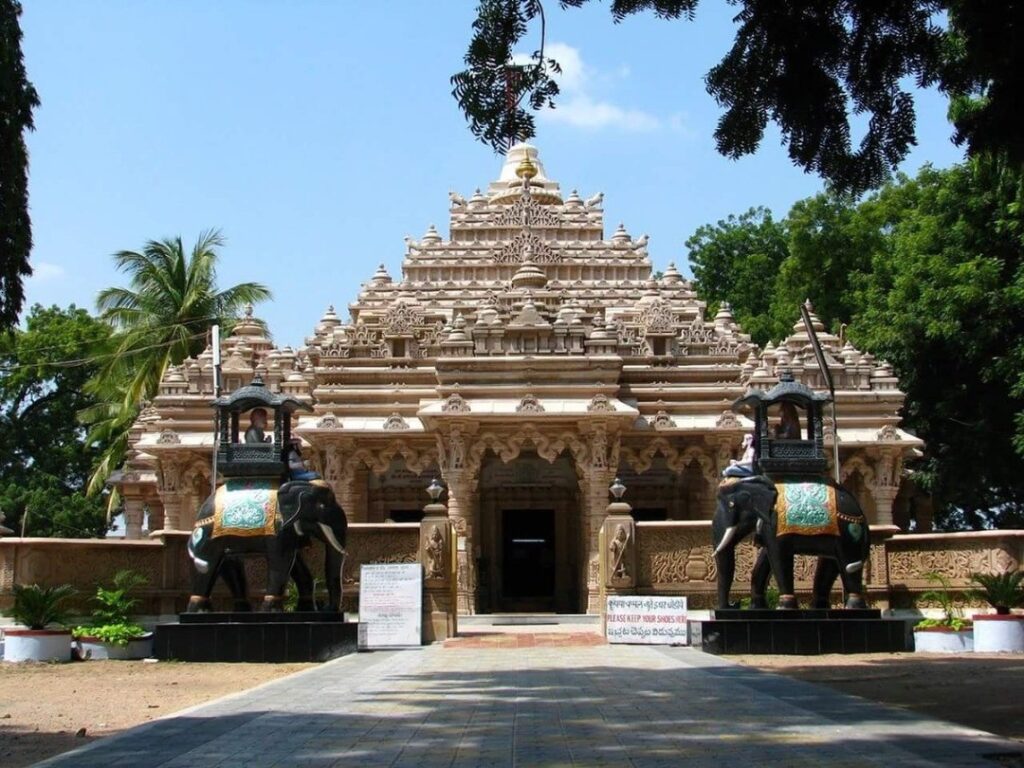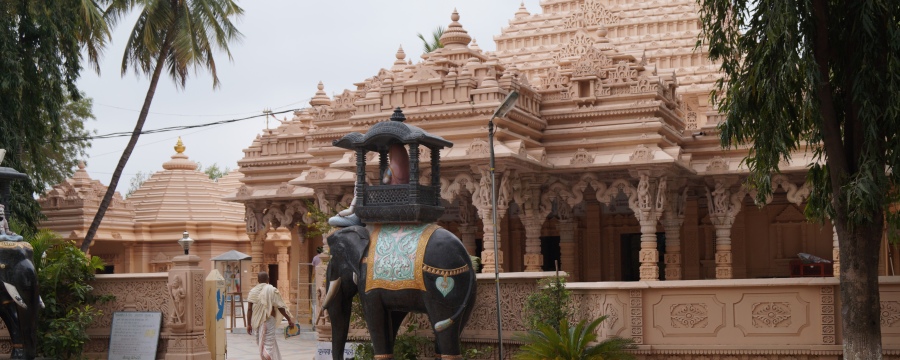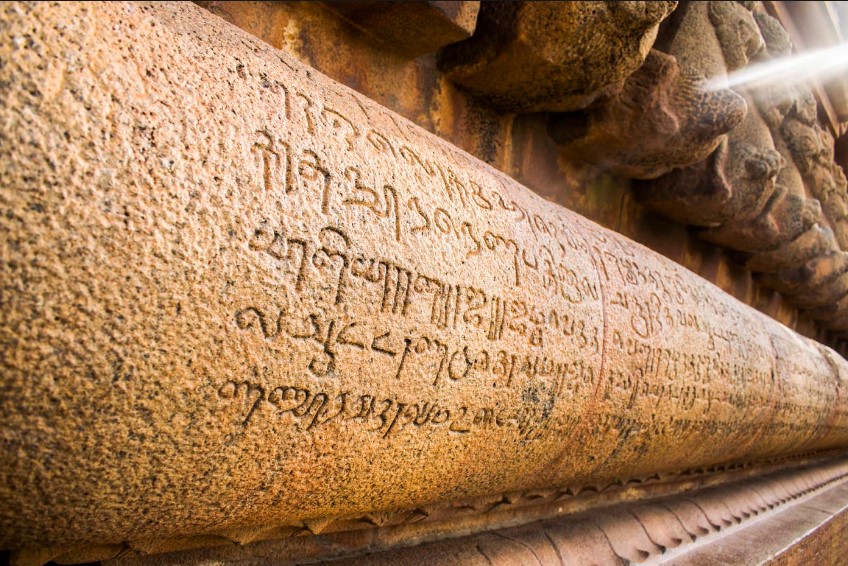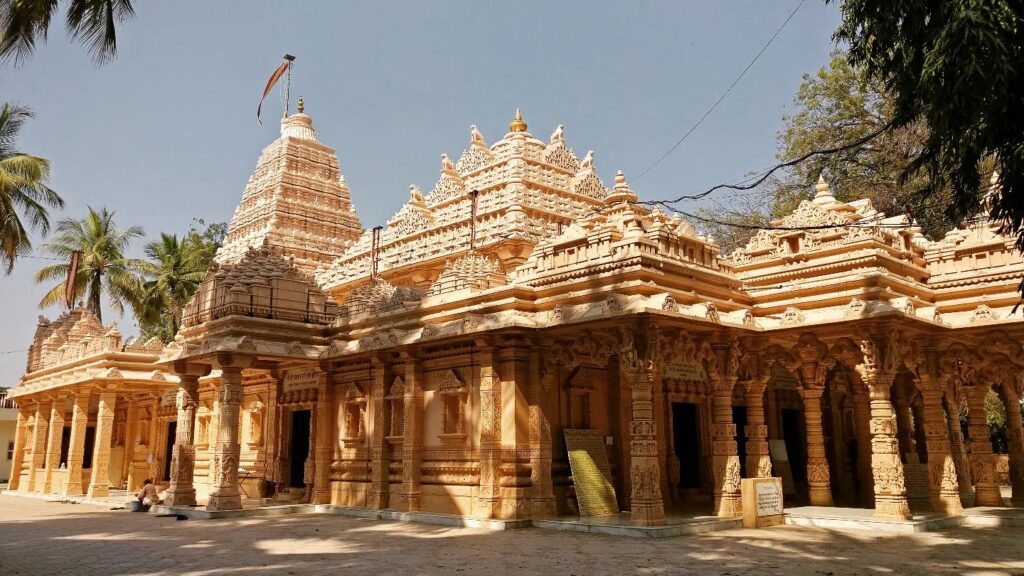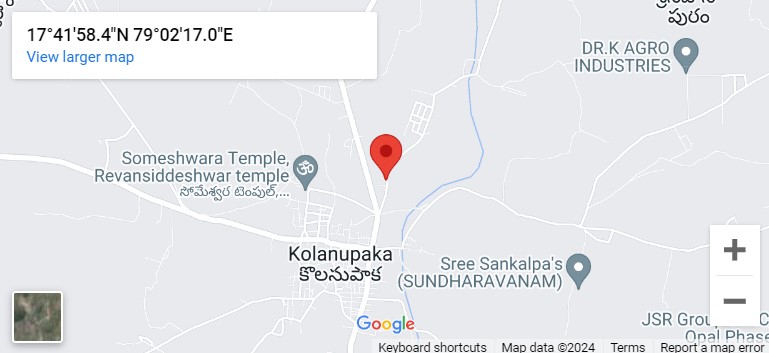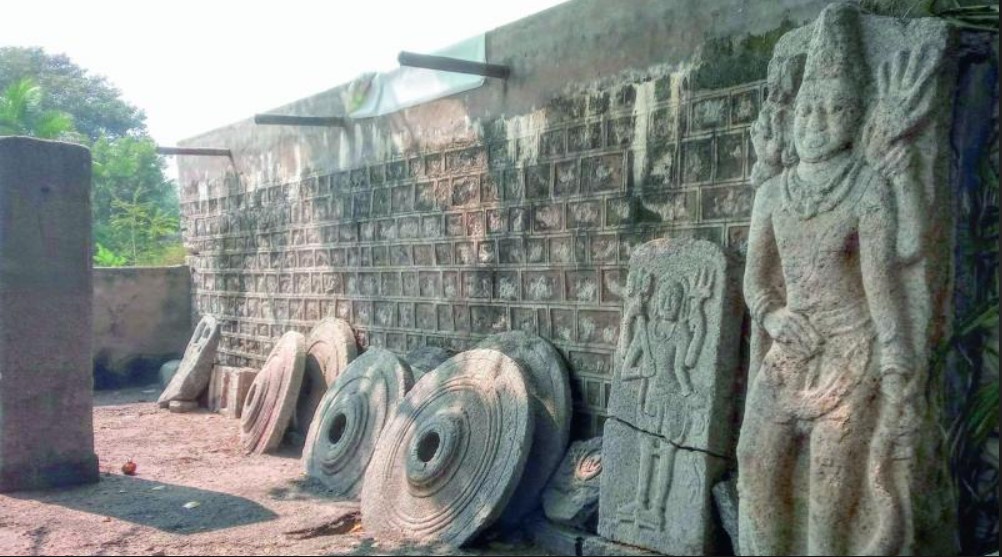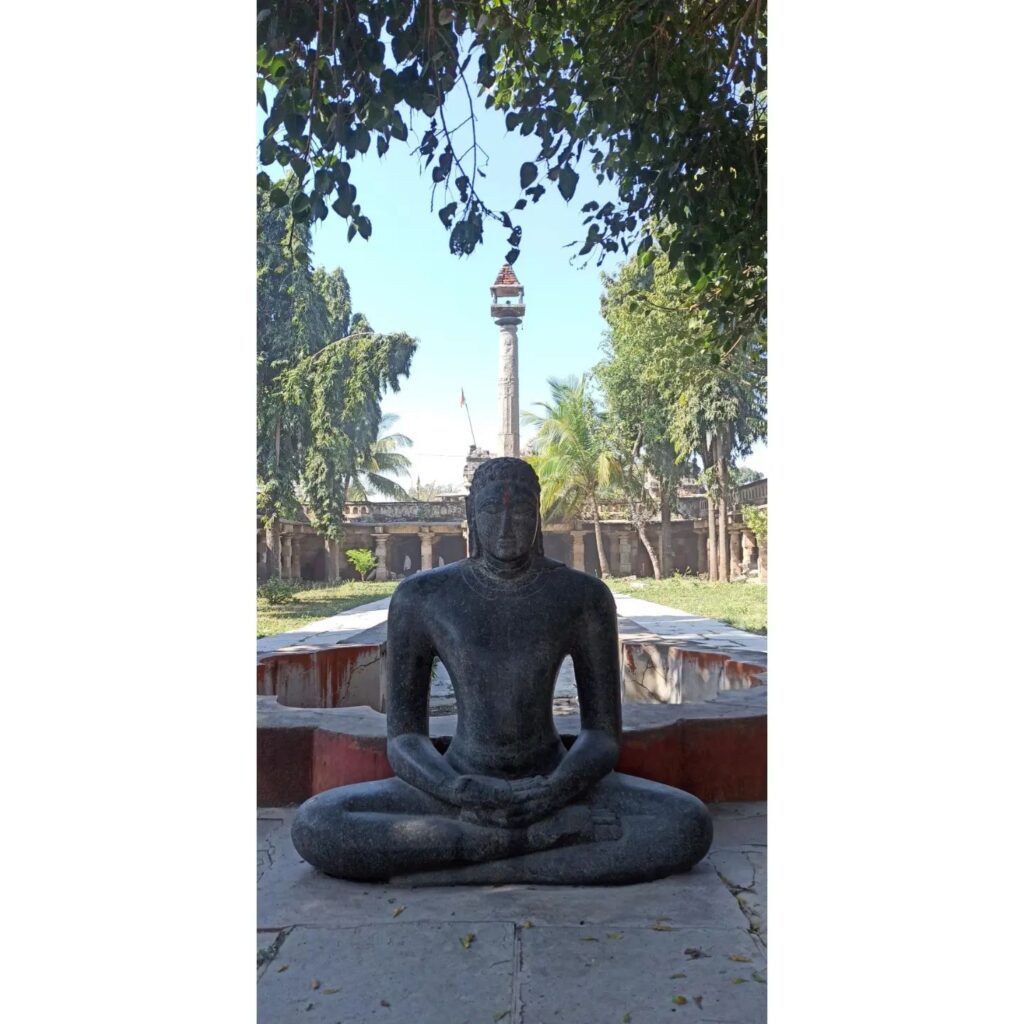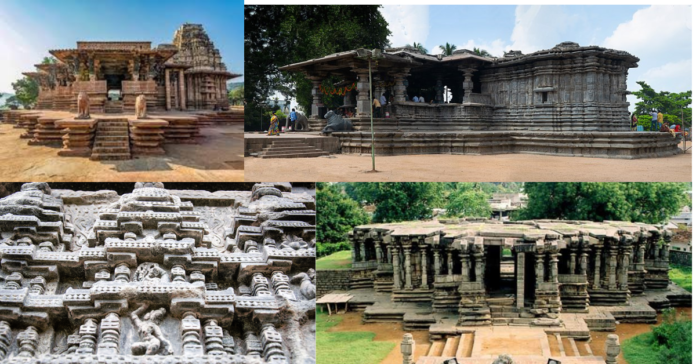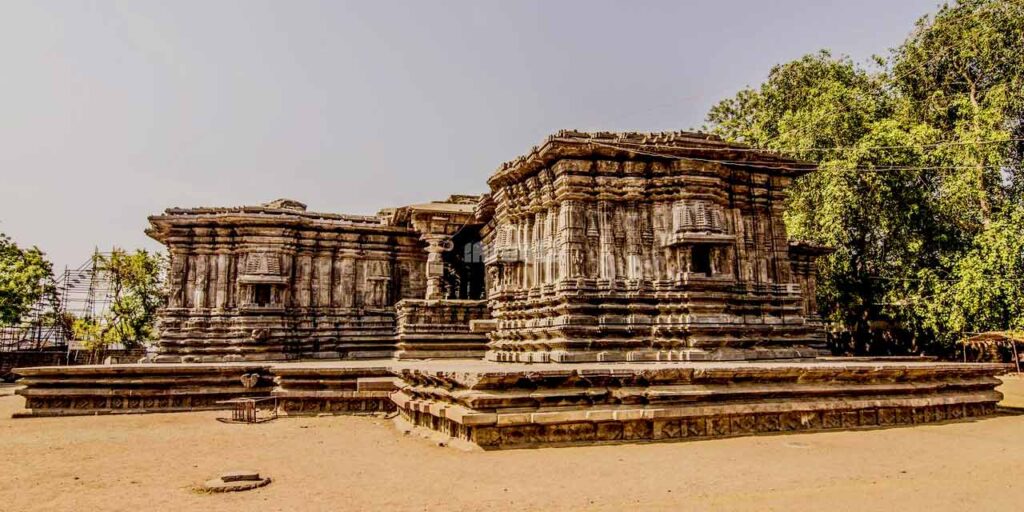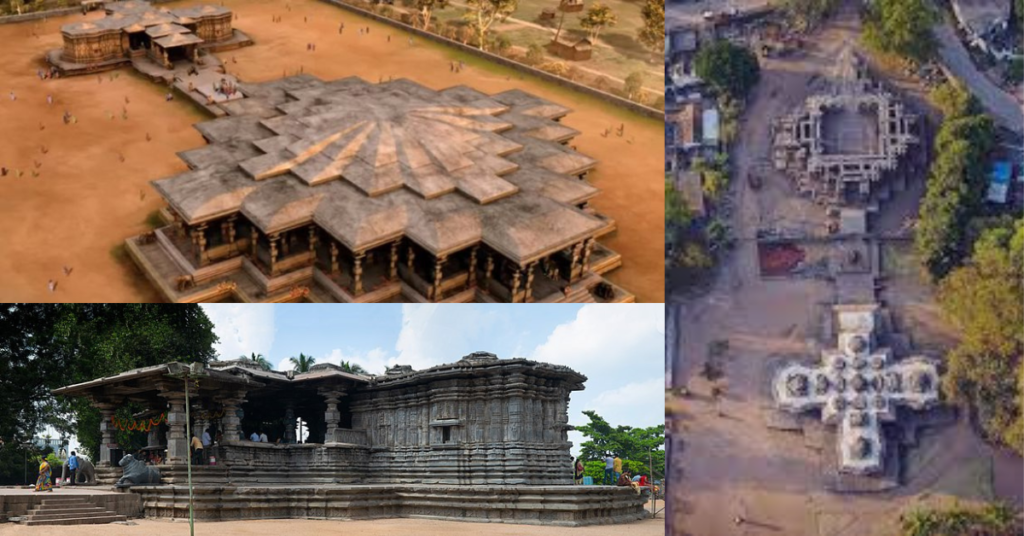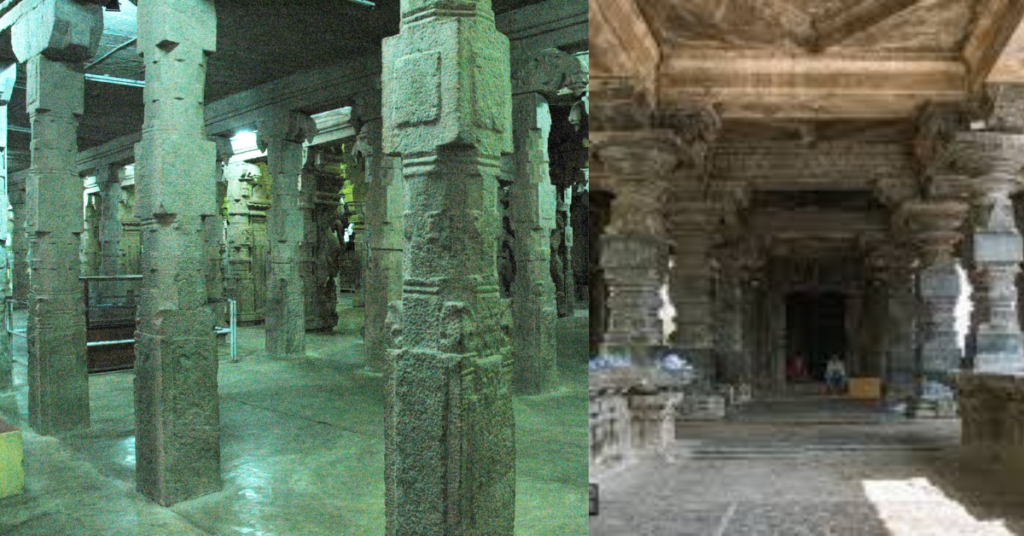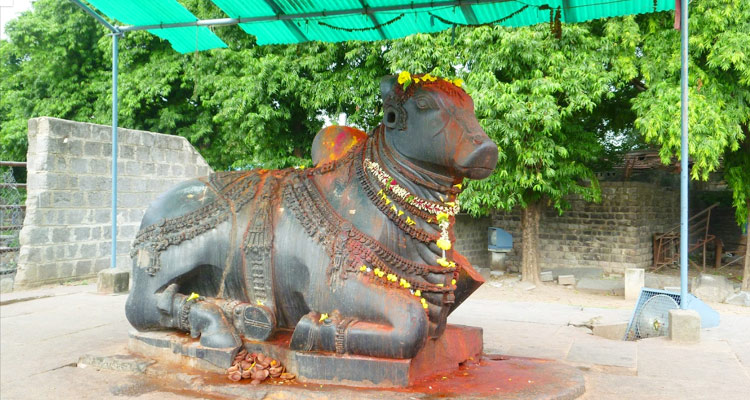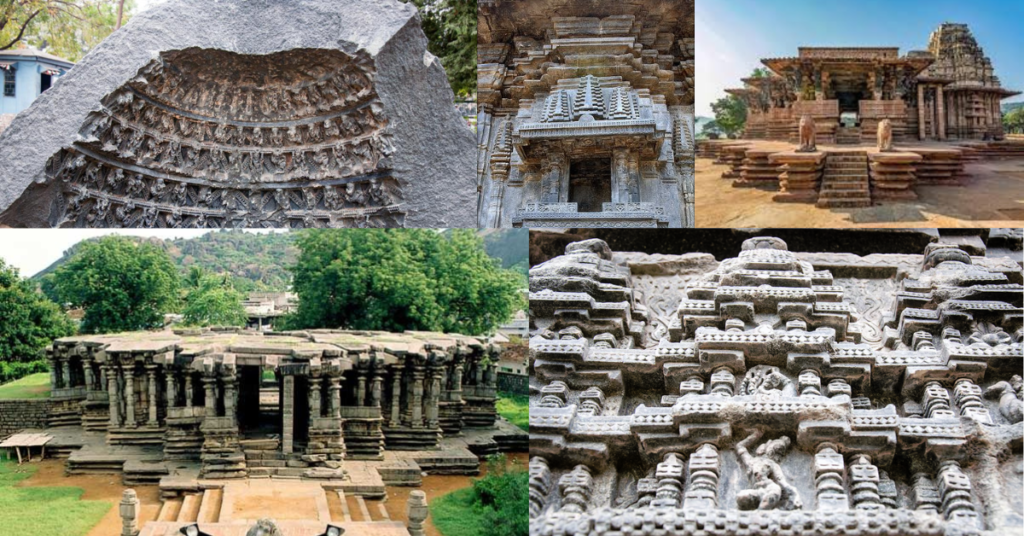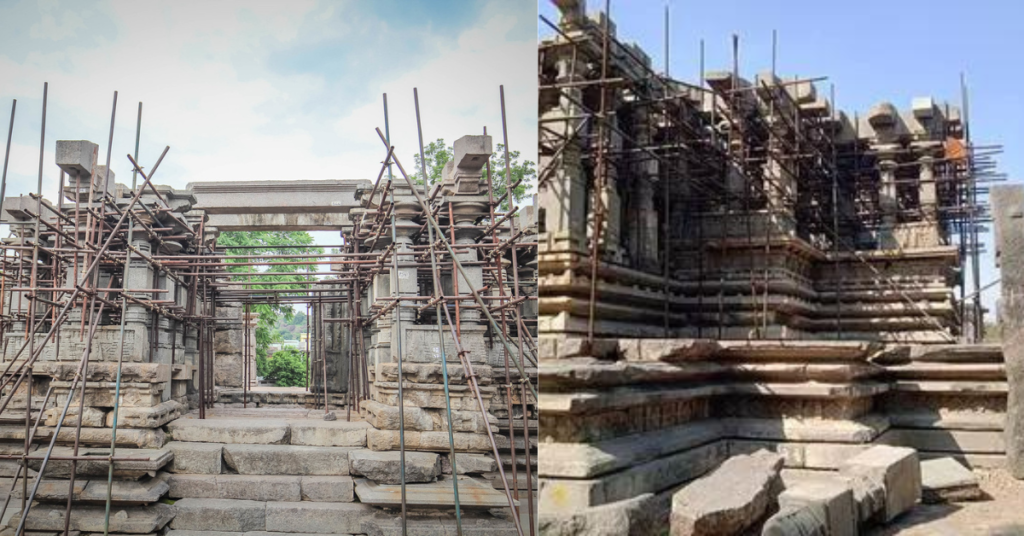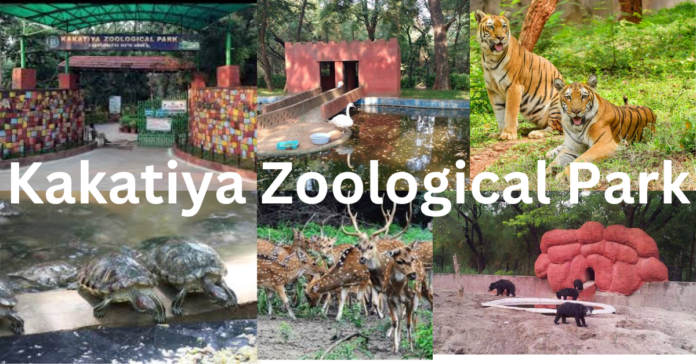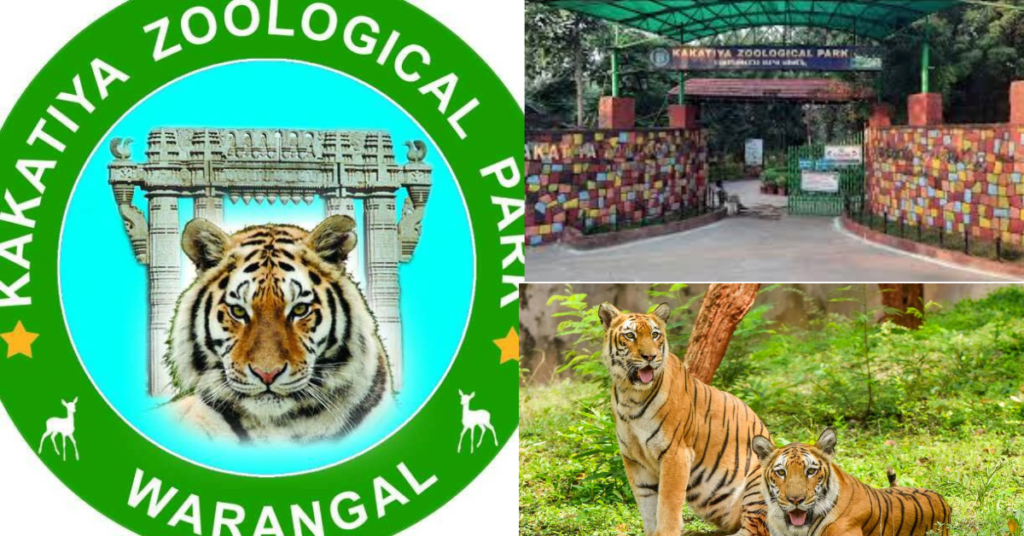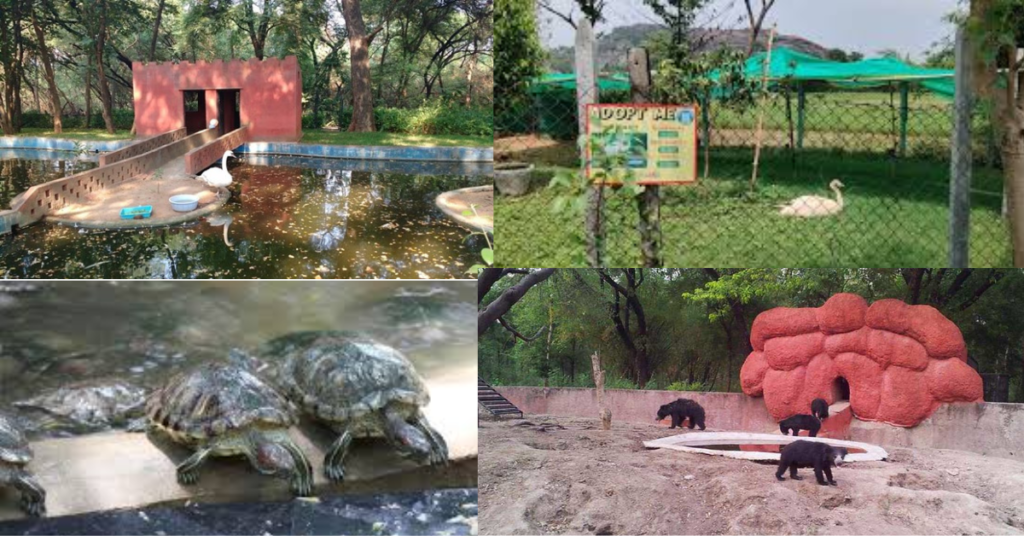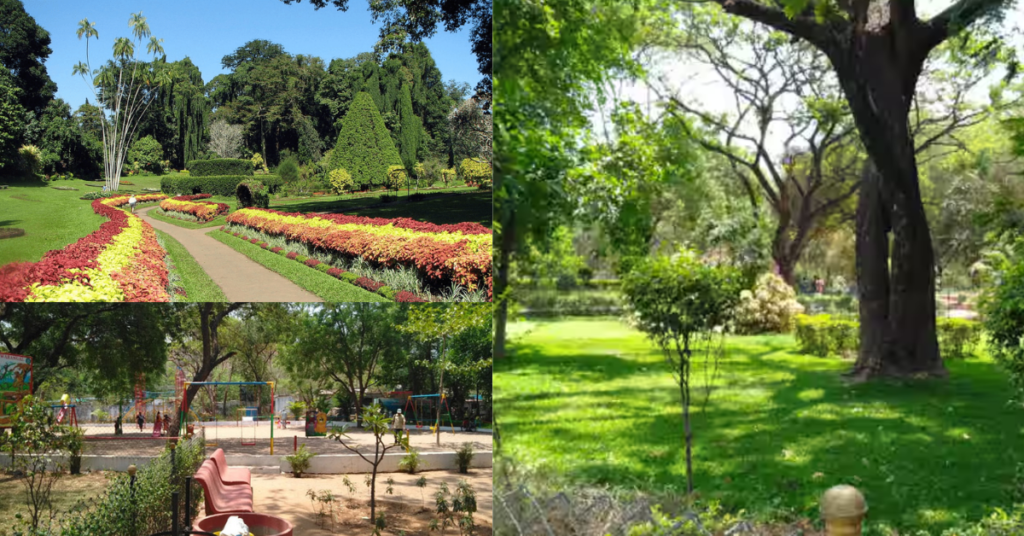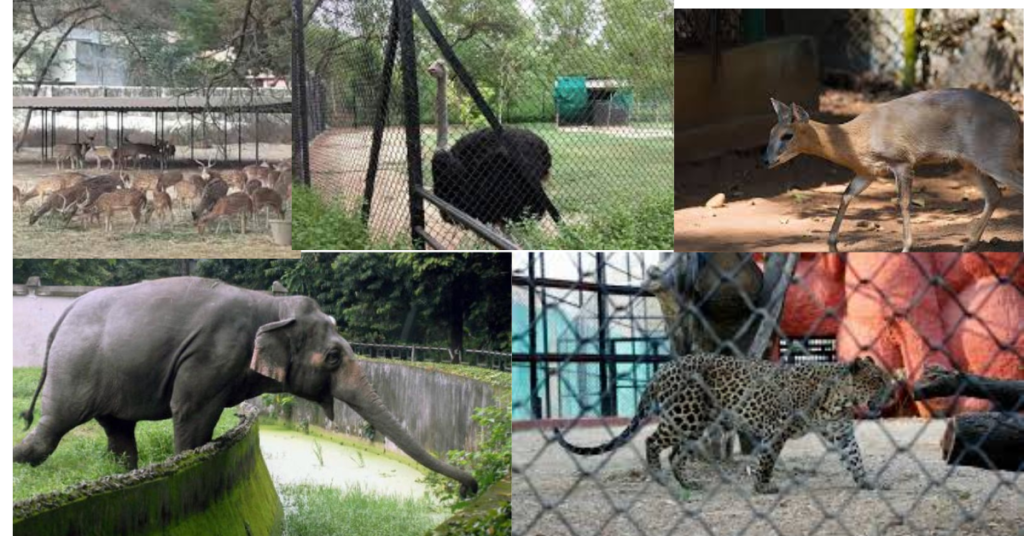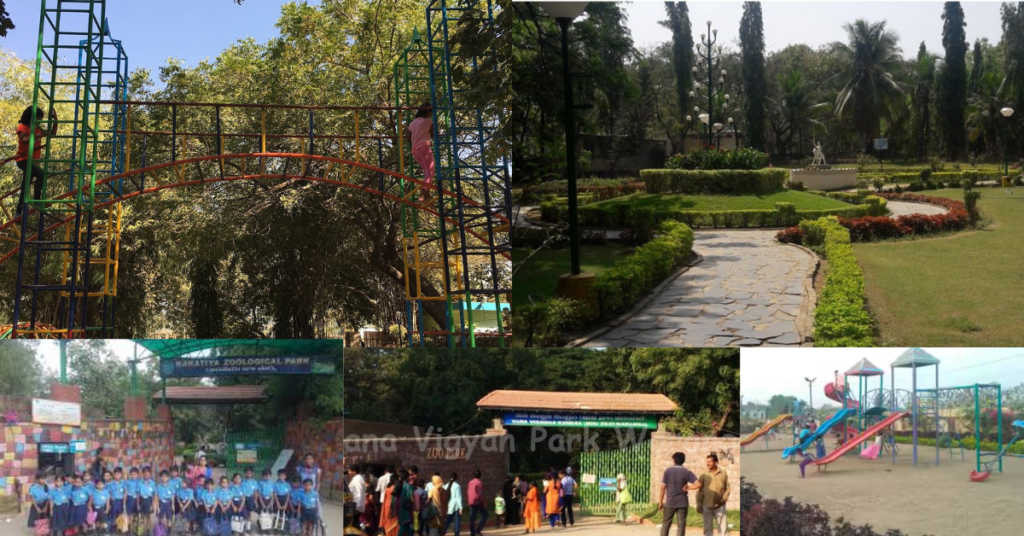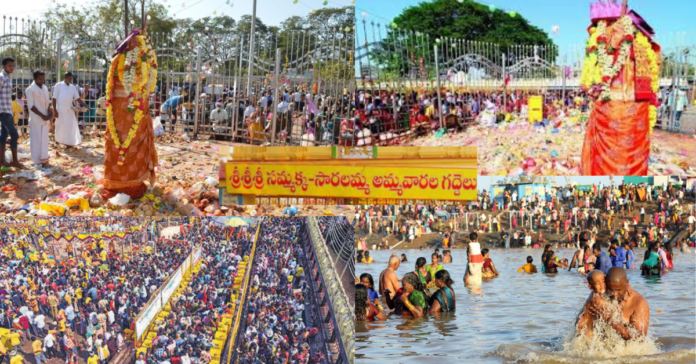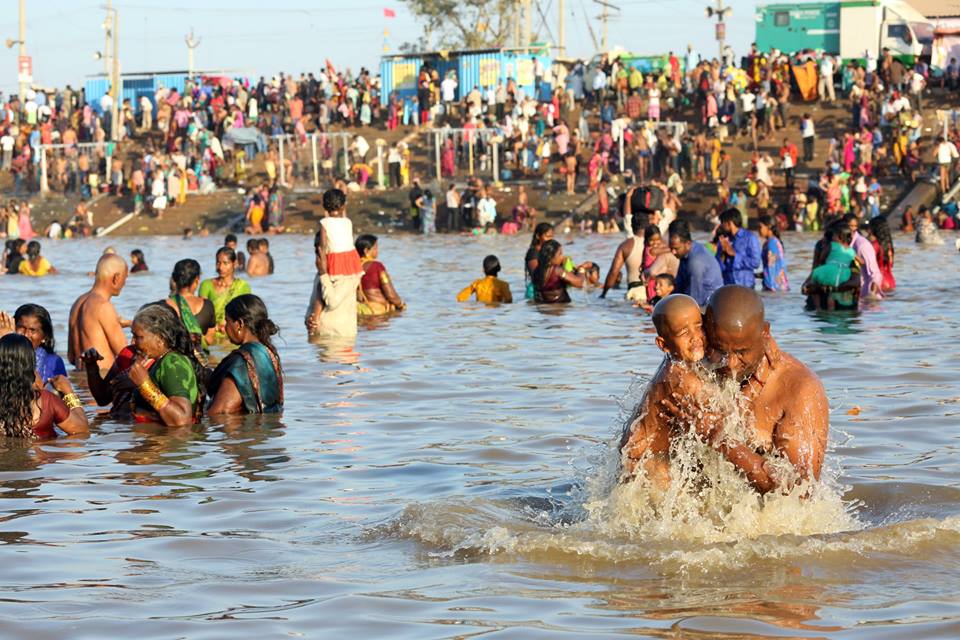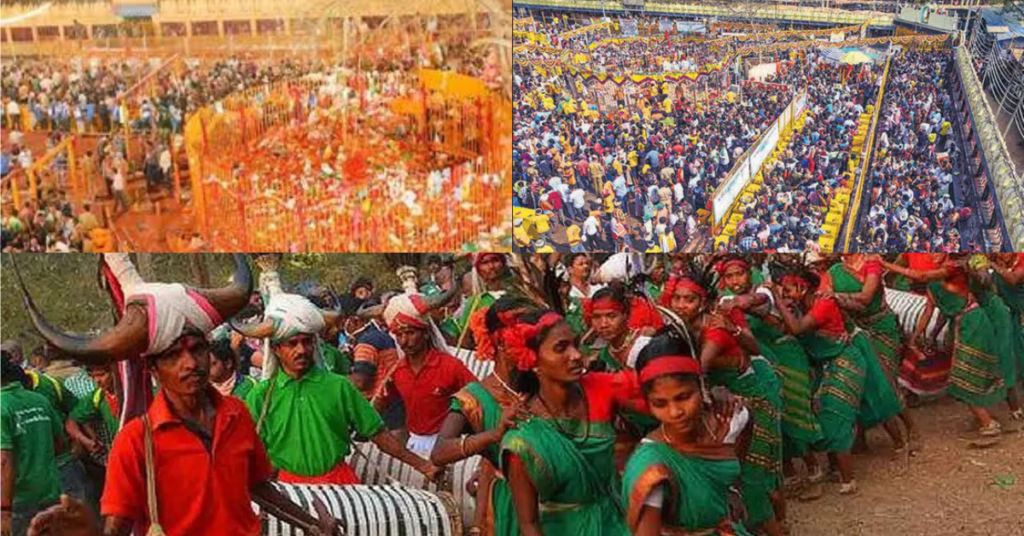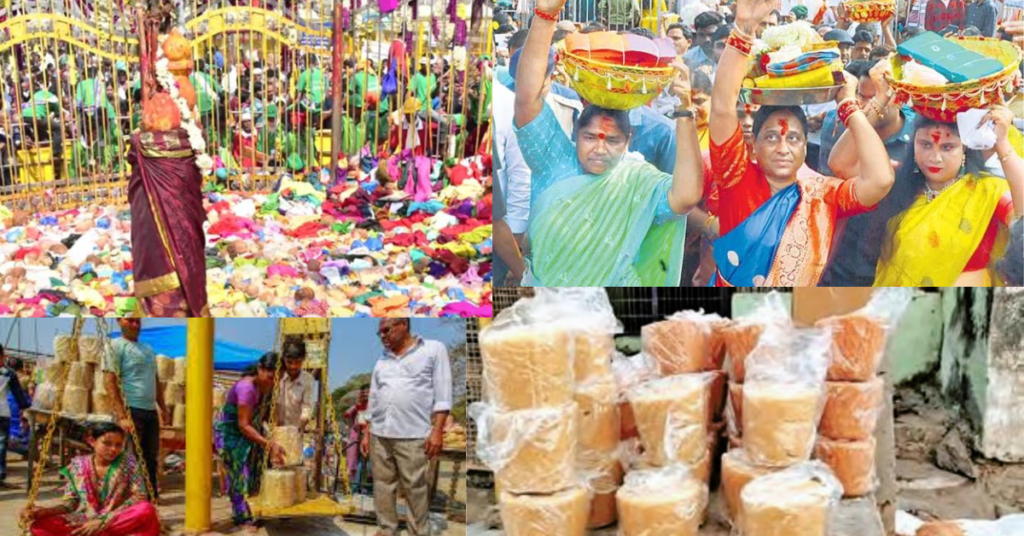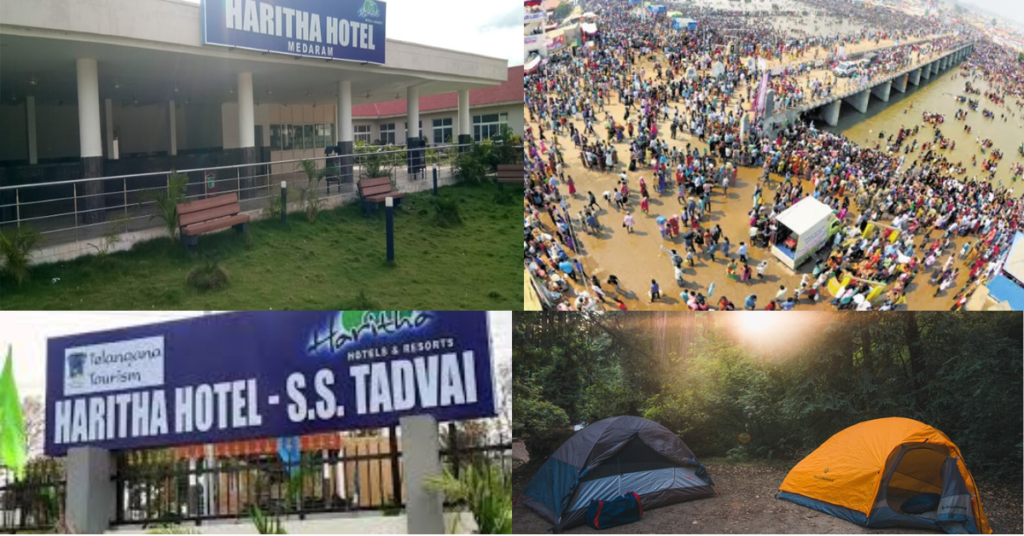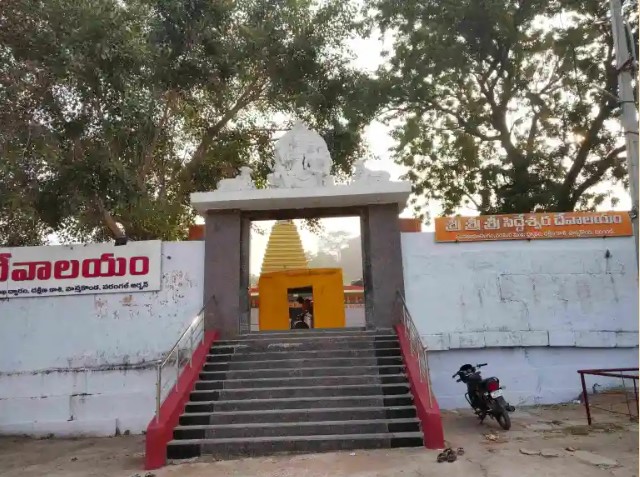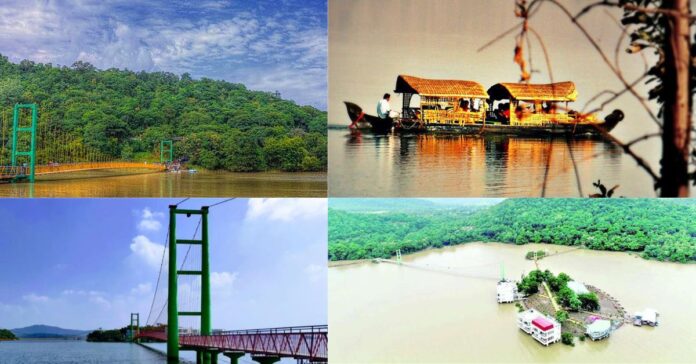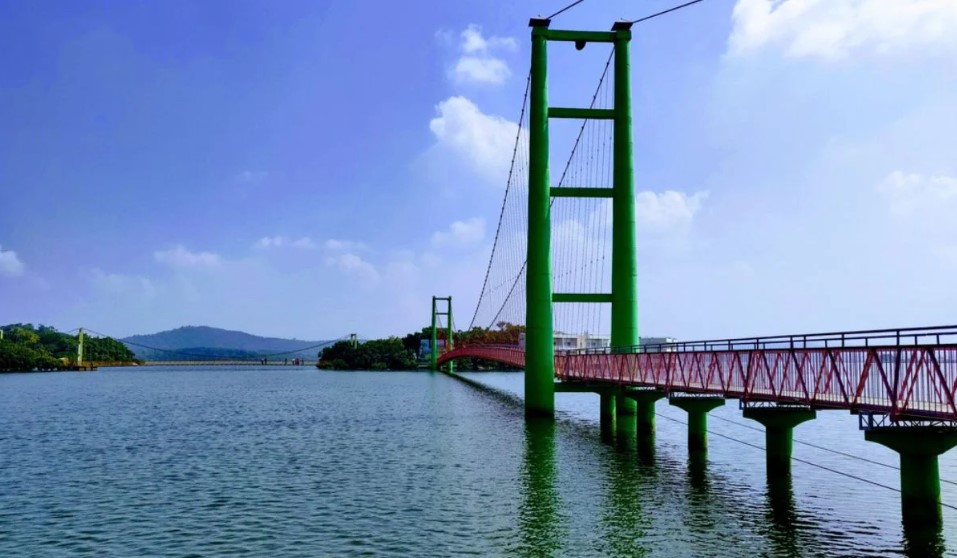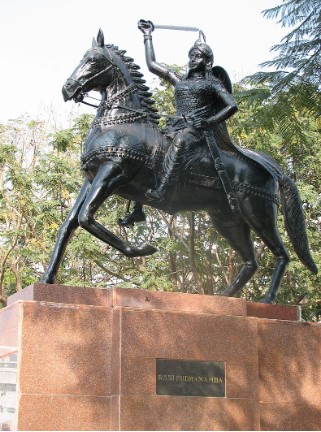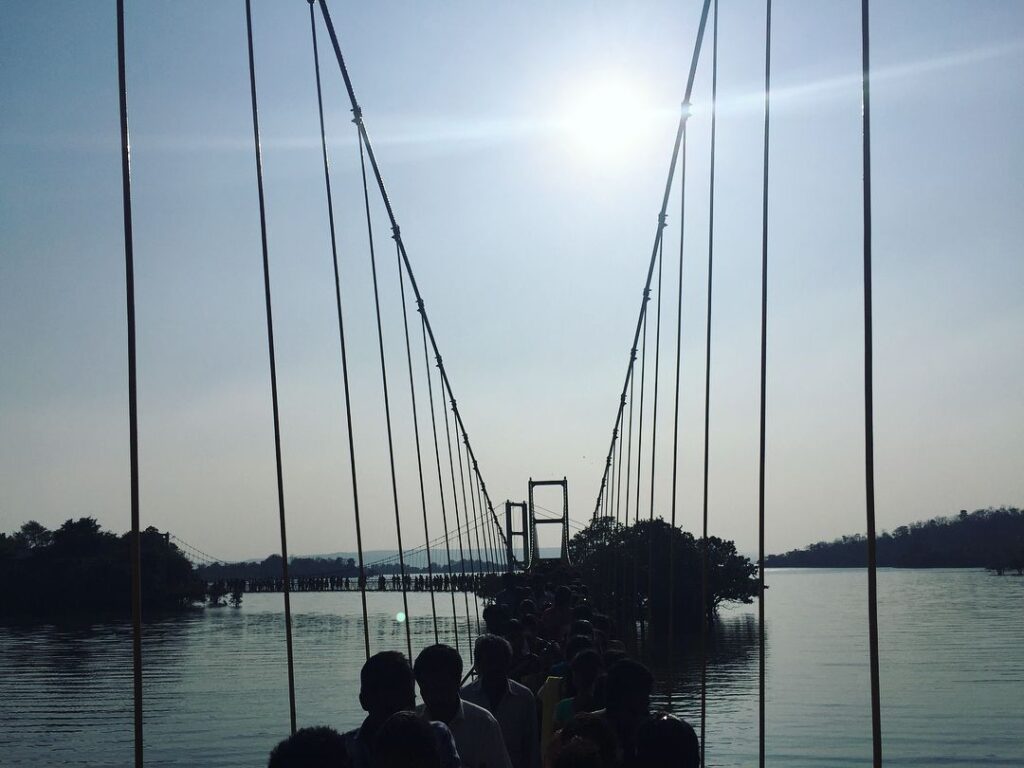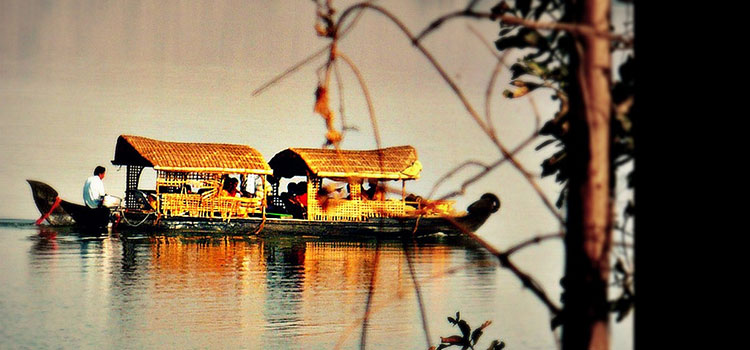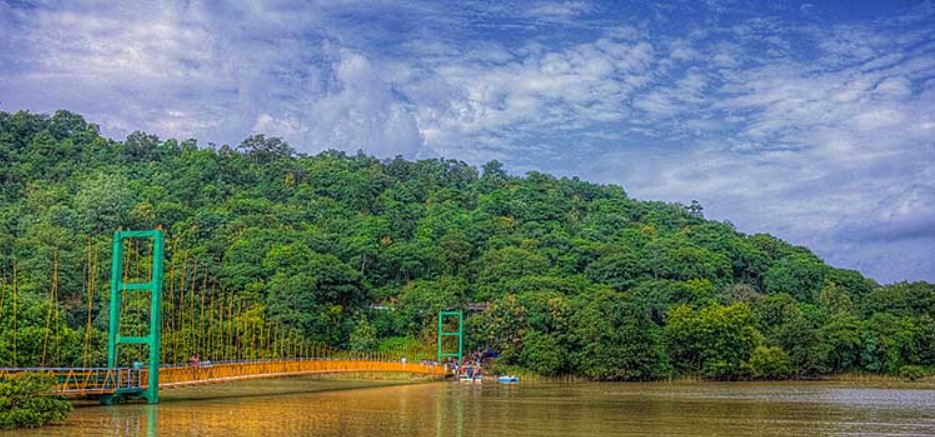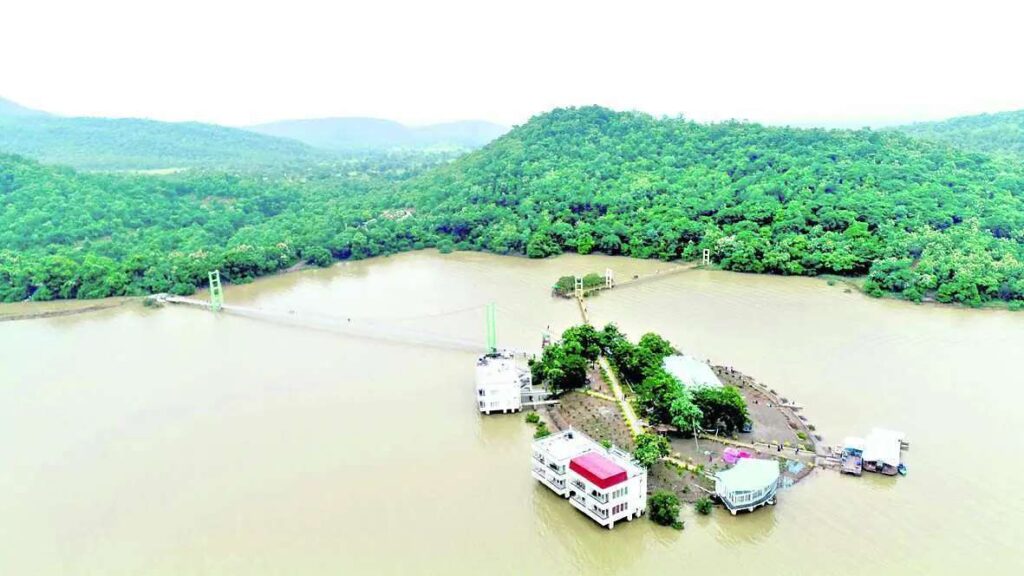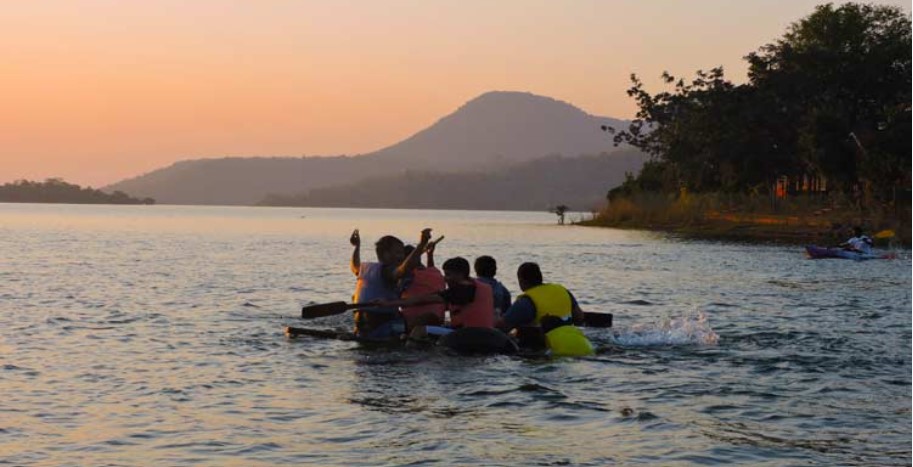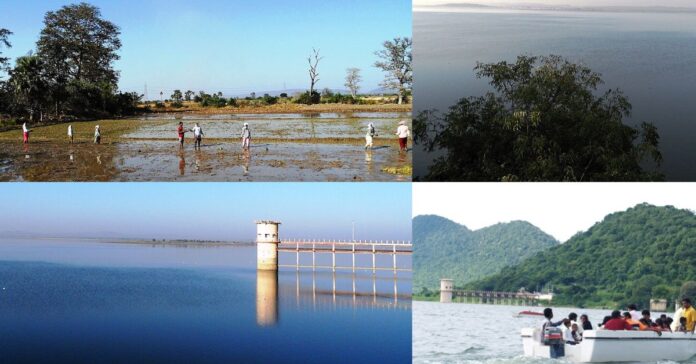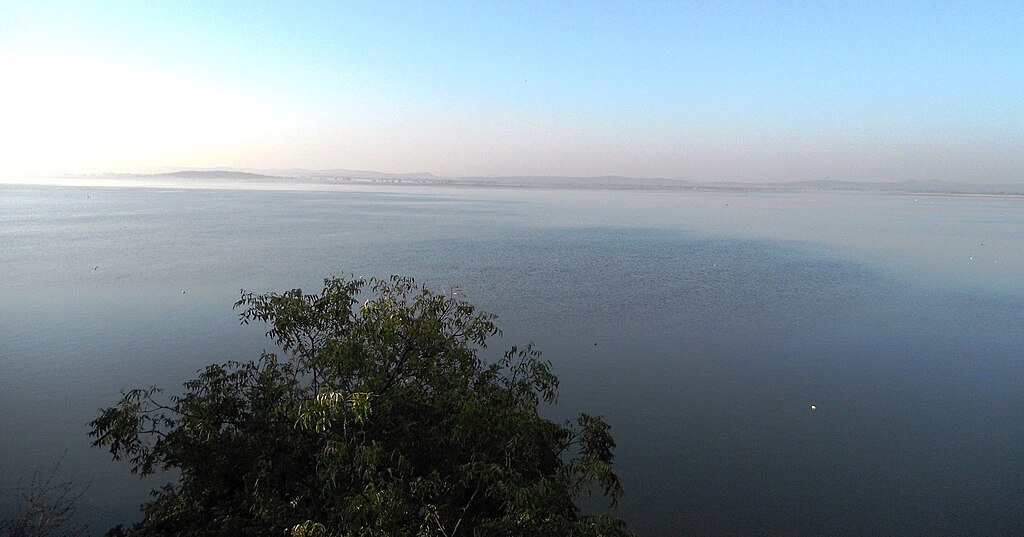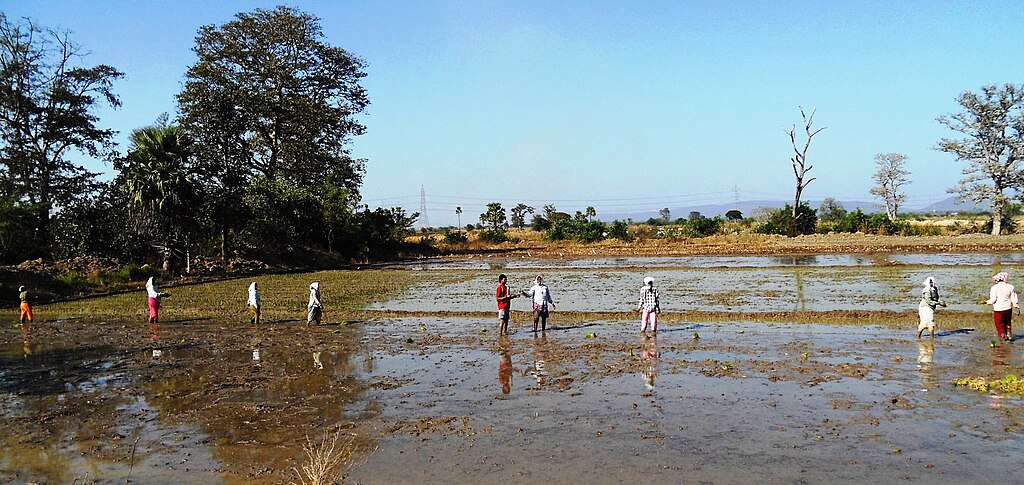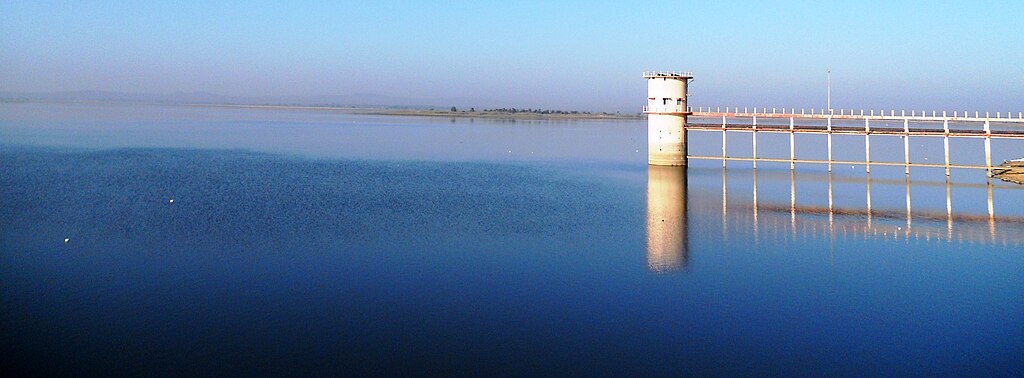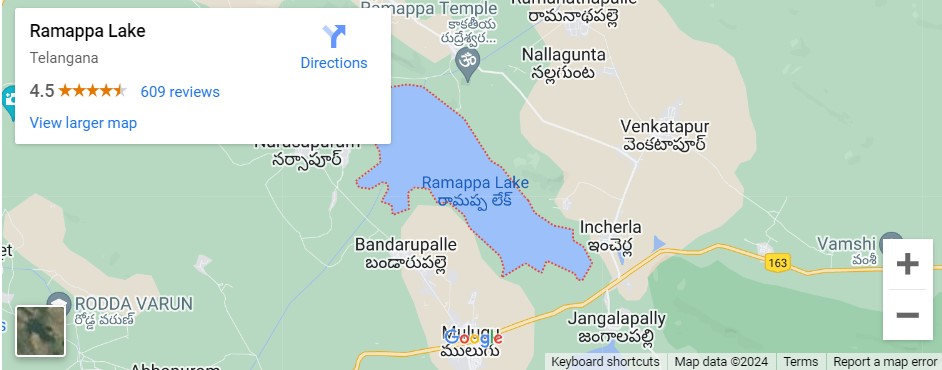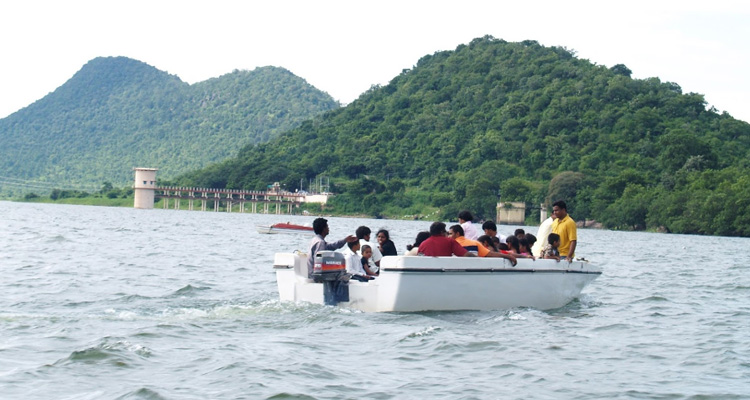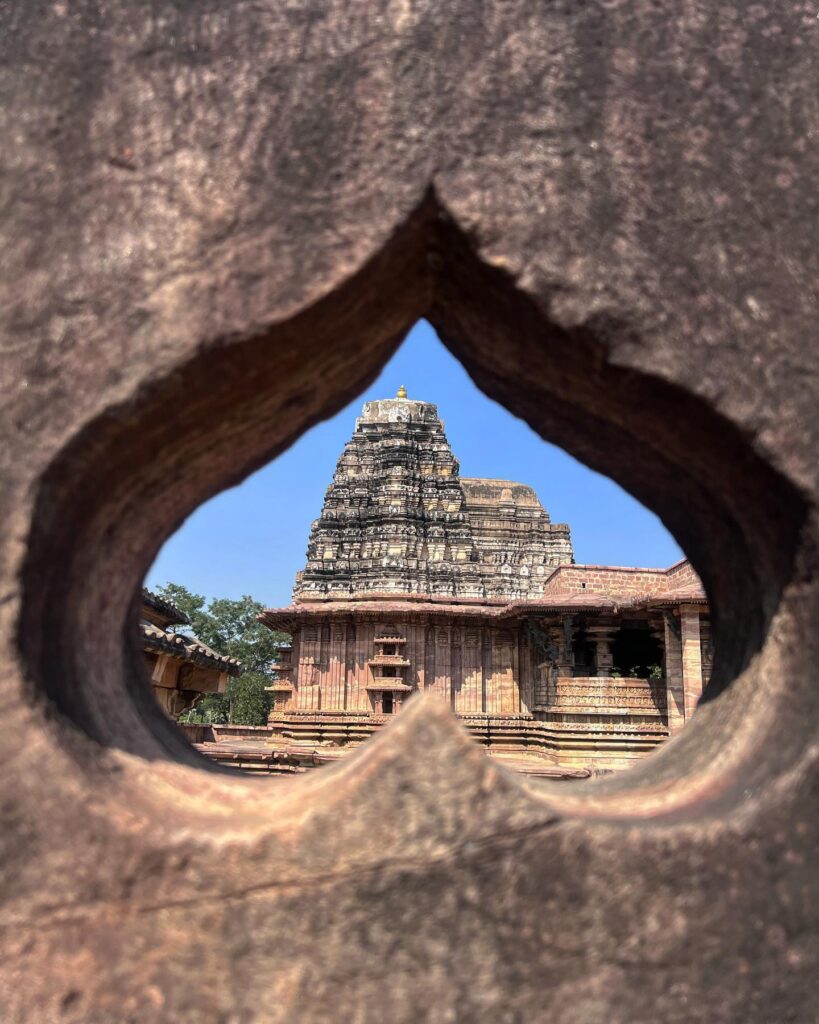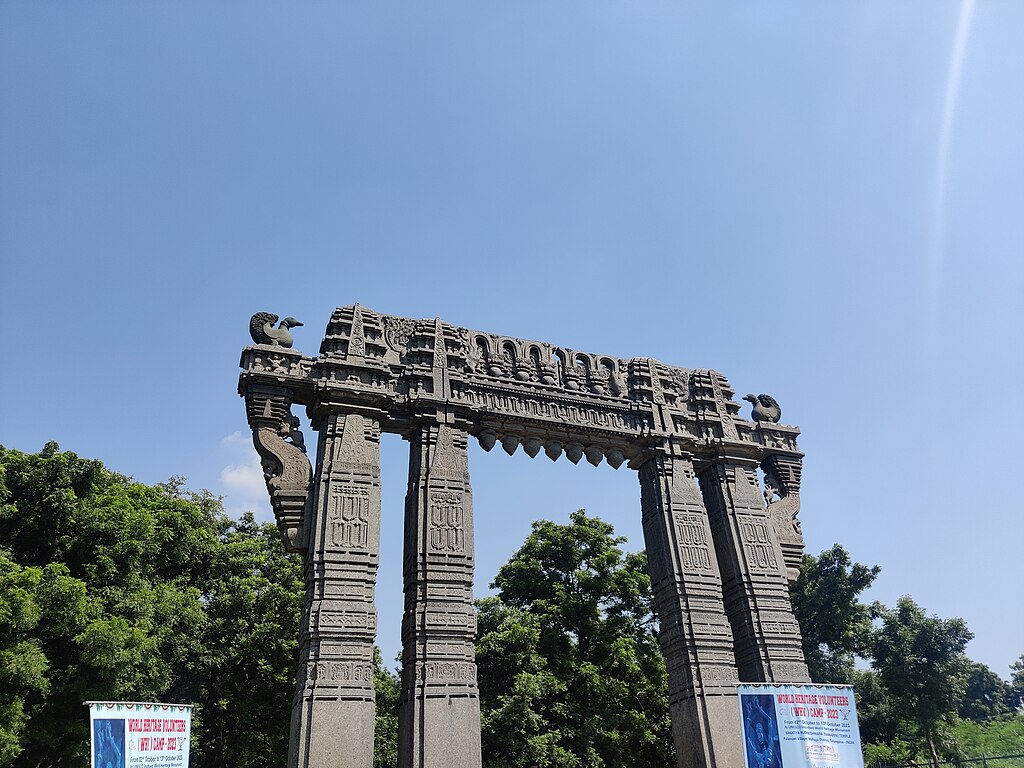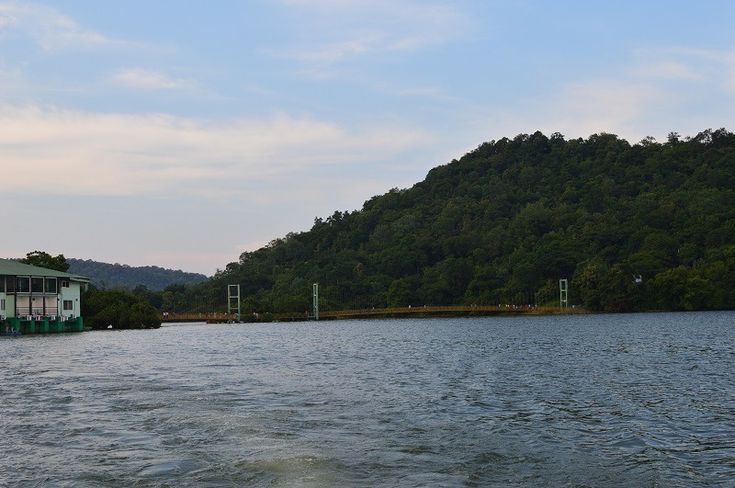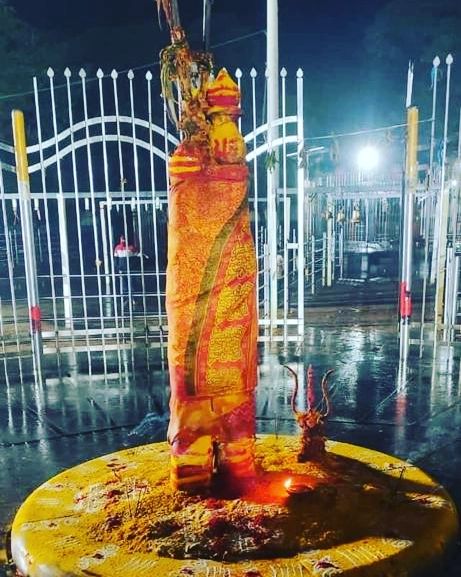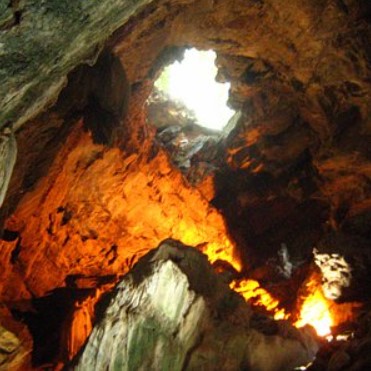Pembarthi village, Jangon dist, state of Telangana, India, is renowned for its exceptional Pembarthi Metal crafts. The village metal workers, known as “Vishwakarma,” have upheld a tradition of craftsmanship that dates back more than 5,000 years. Pembarthi’s metal crafts, particularly those made from bronze and brass, are celebrated for their intricate designs and historical significance. The village has received the Geographical Indication (GI) tag, recognizing its metal craft’s unique cultural and historical heritage.
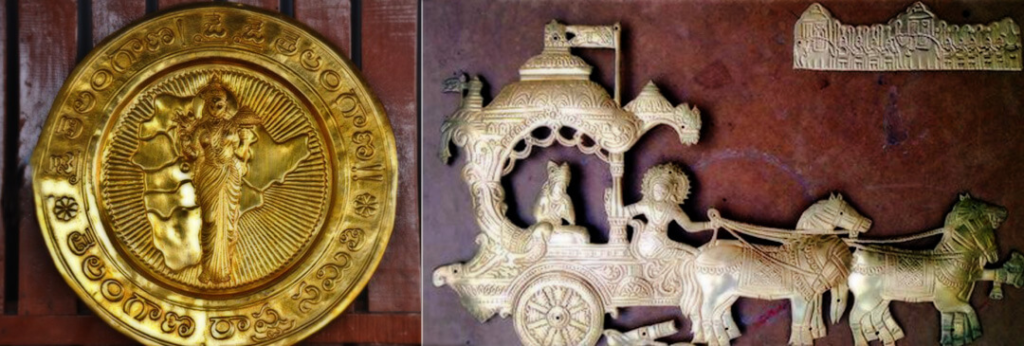
History of Pembarthi Metal crafts
Pembarthi village’s metal craft has ancient roots, dating back over 5,000 years. The crafts flourished during the Kakatiya Dynasty (12th to 14th centuries), when artisans, known as Vishwakarma, were renowned for their intricate stone and metal sculptures.
They created temple architecture, idols, and chariots, leaving a legacy seen in South India’s famous temples. Under the Nizams of Hyderabad (18th to mid-20th century), the artisans shifted focus to crafting decorative and practical items like betel nut containers and jewel boxes, often in silver and gold. Despite political and economic challenges, the post-independence era saw a resurgence in Pembarthi’s metal craft, adapting to modern demands while preserving traditional techniques.
Also Read: Discover the Rich Biodiversity of Kakatiya Zoological Park
Early References to Metal Crafts:
- Kakatiya Dynasty: The Kakatiya emperors used metalworkers to build temples and holy items.
- Temple Architecture: Metal idols, chariots, and temple accessories crafted by Pembarthy artisans are referenced in historical records from this era.
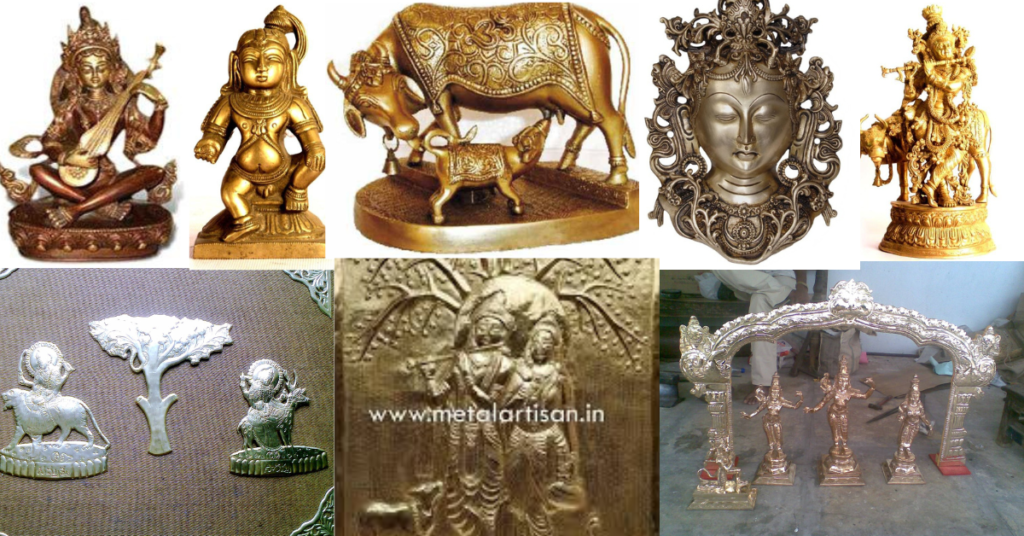
Development of Pembarthi Metal Craft Techniques
- Traditional Methods: Hasthaka crafts involve traditional techniques like lost wax casting, embossing, and engraving.
- Skillful Craftsmanship: These techniques require high skill levels, passed down through generations, ensuring detailed and intricate metal works.
Impact of Historical Events:
- Mughal Rule: During the Mughal period, the demand for metal artifacts increased, leading to more patronage for artisans.
- British Rule: Under British rule, industrialization, and mass production posed challenges to traditional crafts. However, Pembarthy’s craftsmen adapted by incorporating some modern techniques while preserving their traditional methods.
- Post-Independence: After India’s independence, there has been renewed interest in traditional crafts, leading to government support and initiatives to promote and preserve these skills.
The Pembarthi Metal Crafts Process
Materials and Tools: The artisans of Pembarthi use metals like bronze, brass, silver, and gold, depending on the item’s purpose. Their tools include hammers, chisels, anvils, and various shaping and finishing instruments, many of which have been used for generations.
Techniques:
- Lost-Wax Casting: A wax model of the object is made, covered in clay, and then heated. Melting wax leaves a hollow full of molten metal behind. When it cools, the metal object comes out when the clay mold is broken.. After cooling, the clay mold is broken to reveal the metal object.
- Engraving: Artisans carve intricate designs onto the metal surface using chisels and other tools.
- Repoussé and Chasing: These methods entail first raising the pattern by hammering the metal from the back, then fine-tuning the features from the front.
- Inlay Work: Precious or semi-precious stones, enamel, or other materials are embedded into the metal surface to enhance its beauty.
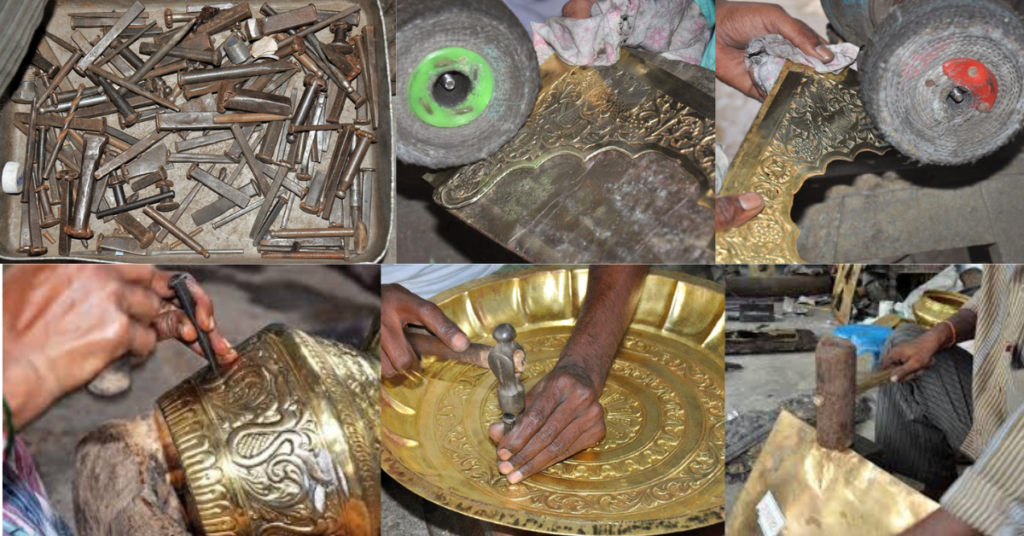
Design and Motifs: The designs often reflect mythology, nature, and local culture, including depictions of gods and goddesses, floral patterns, geometric shapes, and scenes from epic tales like the Ramayana and Mahabharata. These motifs are carefully planned and executed to achieve harmony and balance.

Also Read: Top 10 Handicraft Workshops in Hyderabad: Explore the Artisan Spirit
Significance of Pembarthi Metal Crafts
Hasthaka crafts from Pembarthi are highly significant for several reasons:

- Cultural Heritage: These crafts are a vital part of India’s cultural legacy, showcasing traditional artistry and reflecting religious and mythological themes.
- Artistic Excellence: The intricate designs and detailed workmanship of Pembarthi metal crafts highlight exceptional skill and creativity, making them prized for their beauty and craftsmanship.
- Economic Impact: The craft provides livelihoods for many artisans in Pembarthi, supporting the local economy and preserving a traditional skill.
- Religious Importance: Many pieces are used in religious ceremonies and temples, holding spiritual value and contributing to the practice of rituals.
- Global Appeal: The unique craftsmanship has garnered international recognition, expanding its reach and influence beyond local and national markets.
Economic and Social Impact
- Employment: In Pembarthy, the metal art industry, referred to by locals as “Vishwakarma,” employs over 600 people. This profession is a significant source of livelihood for many families in the village.
- Market: Pembarthy’s metal handicrafts have a wide market, including local bazaars, national exhibitions, and international trade fairs. The village’s reputation attracts buyers from various parts of the world.
- Cultural Heritage: The craftsmanship of Pembarthy contributes to preserving the cultural heritage of Telangana. This historic art form is ensured to continue by passing along the skills and practices to younger generations.
Also Read: An Ultimate Guide to the Kakatiya Architecture Thousand Pillar Temple
Challenges and Opportunities
- Challenges: Despite its fame, Pembarthy faces challenges such as limited access to modern tools, competition from mass-produced items, and the need for better marketing strategies.
- Opportunities: There is potential for growth through initiatives such as government support for artisans, improved infrastructure, and increased exposure through digital platforms and e-commerce.
Visiting Pembarthy
Attractions
- Artisan Workshops: Visitors can tour workshops to see artisans at work and learn about the processes involved in metal crafting.
- Local Markets: The village markets offer a variety of brass and metal items, providing an opportunity to purchase unique handcrafted pieces.
- Cultural Tours: Access to the history, customs, and day-to-day existence of Pembarthy’s inhabitants can be gained through guided excursions.
Nearby places
Conclusion
Pembarthi village in Telangana stands as a beacon of traditional metal craftsmanship, with its rich history and intricate techniques passed down through millennia. Recognized with a Geographical Indication (GI) tag, the village’s metal crafts continue to thrive, reflecting a deep cultural heritage and exceptional artistic skill. Despite facing modern challenges, Pembarthi’s artisans adapt and persevere, preserving their legacy while contributing significantly to the local economy and global appreciation of traditional arts.
Frequently Asked Questions(FAQS)
A: The tradition of metal crafting in Pembarthi dates back over 5,000 years.
A: Pembarthi metal crafts are renowned for their intricate designs and historical significance, showcasing a rich cultural heritage and exceptional artistry.
A: Techniques include lost-wax casting, engraving, repoussé, chasing, and inlay work.
A: Artisans use bronze, brass, silver, and gold, among other metals.
A: Visitors can tour artisan workshops, explore local markets, and enjoy cultural tours of the village.

